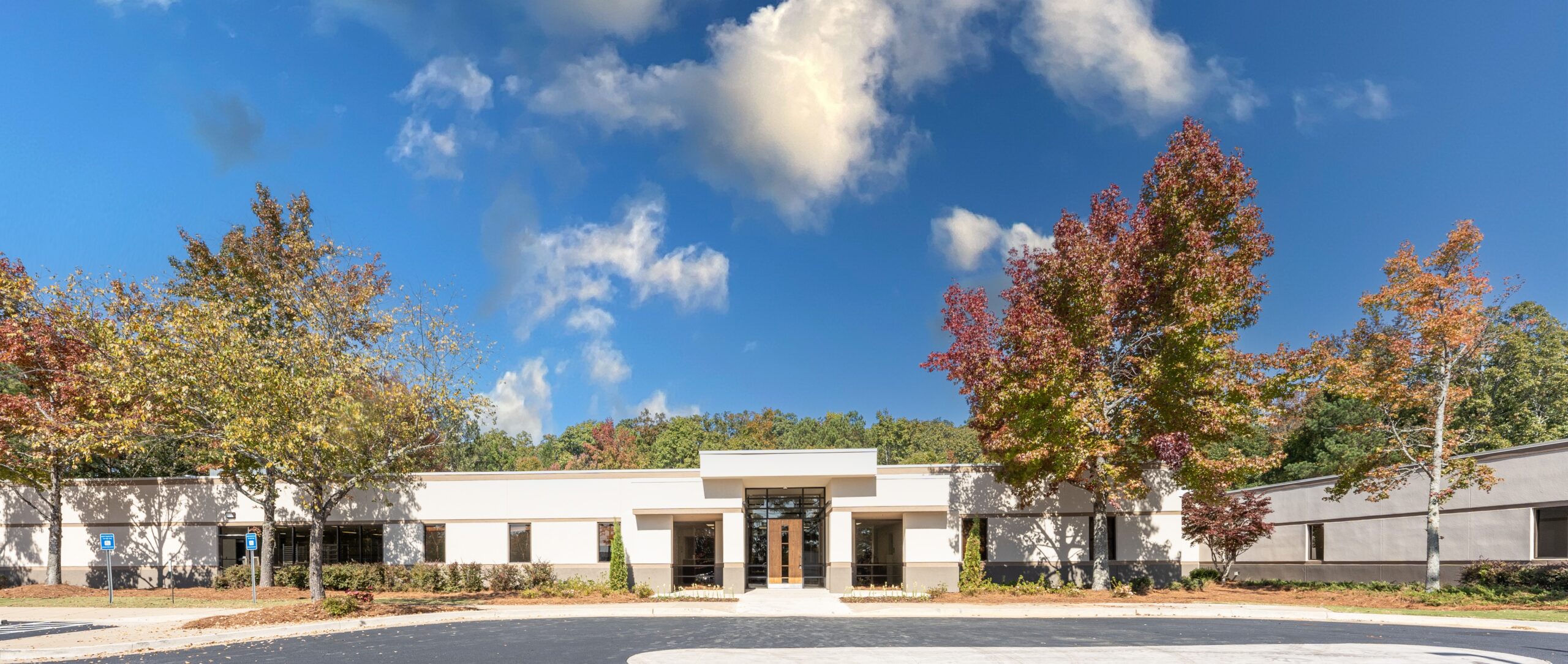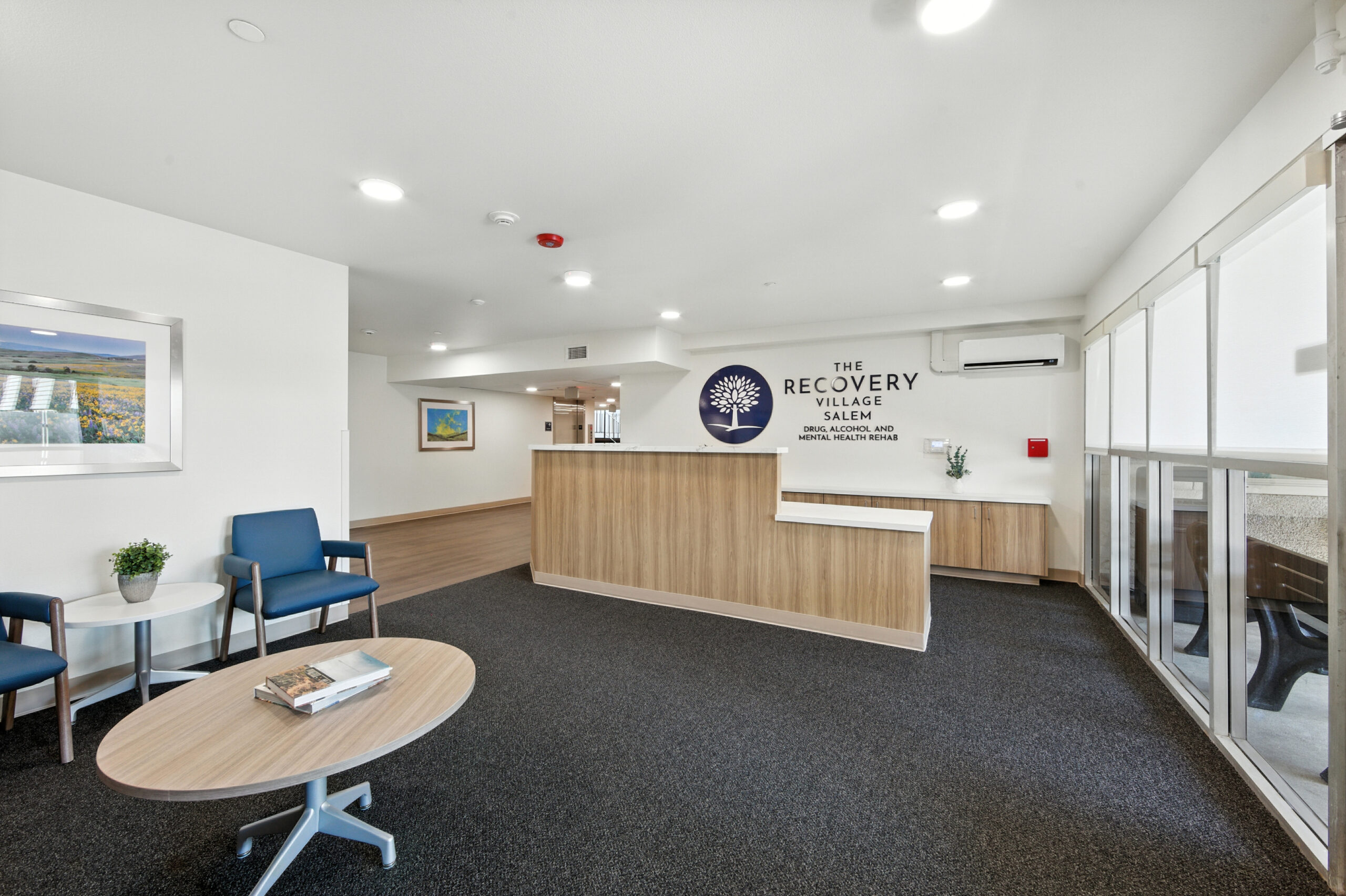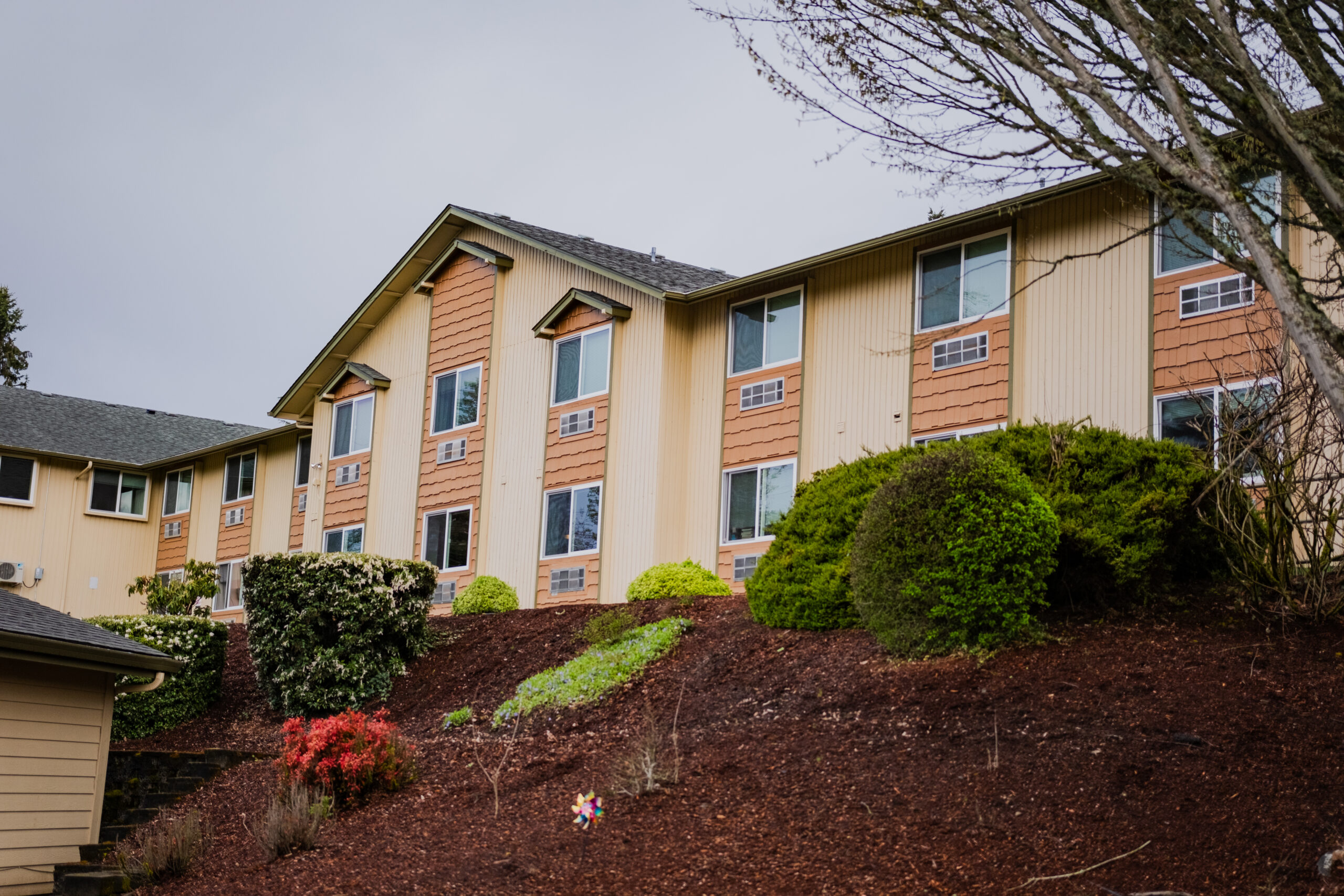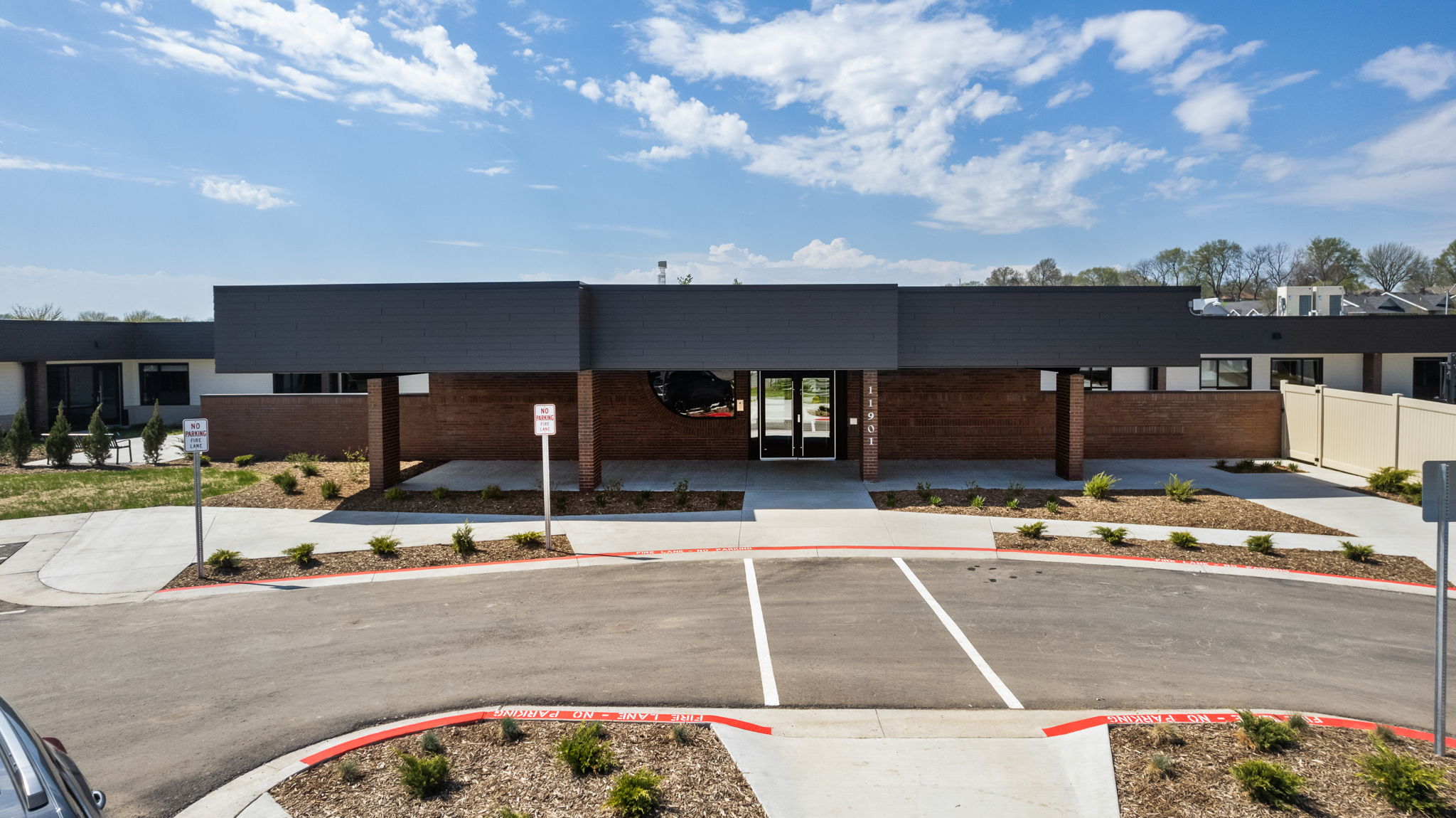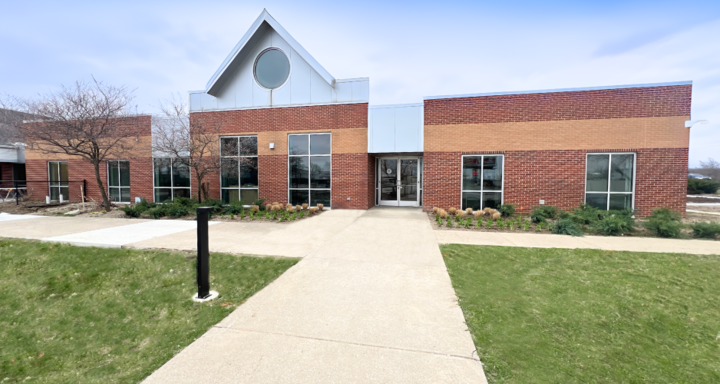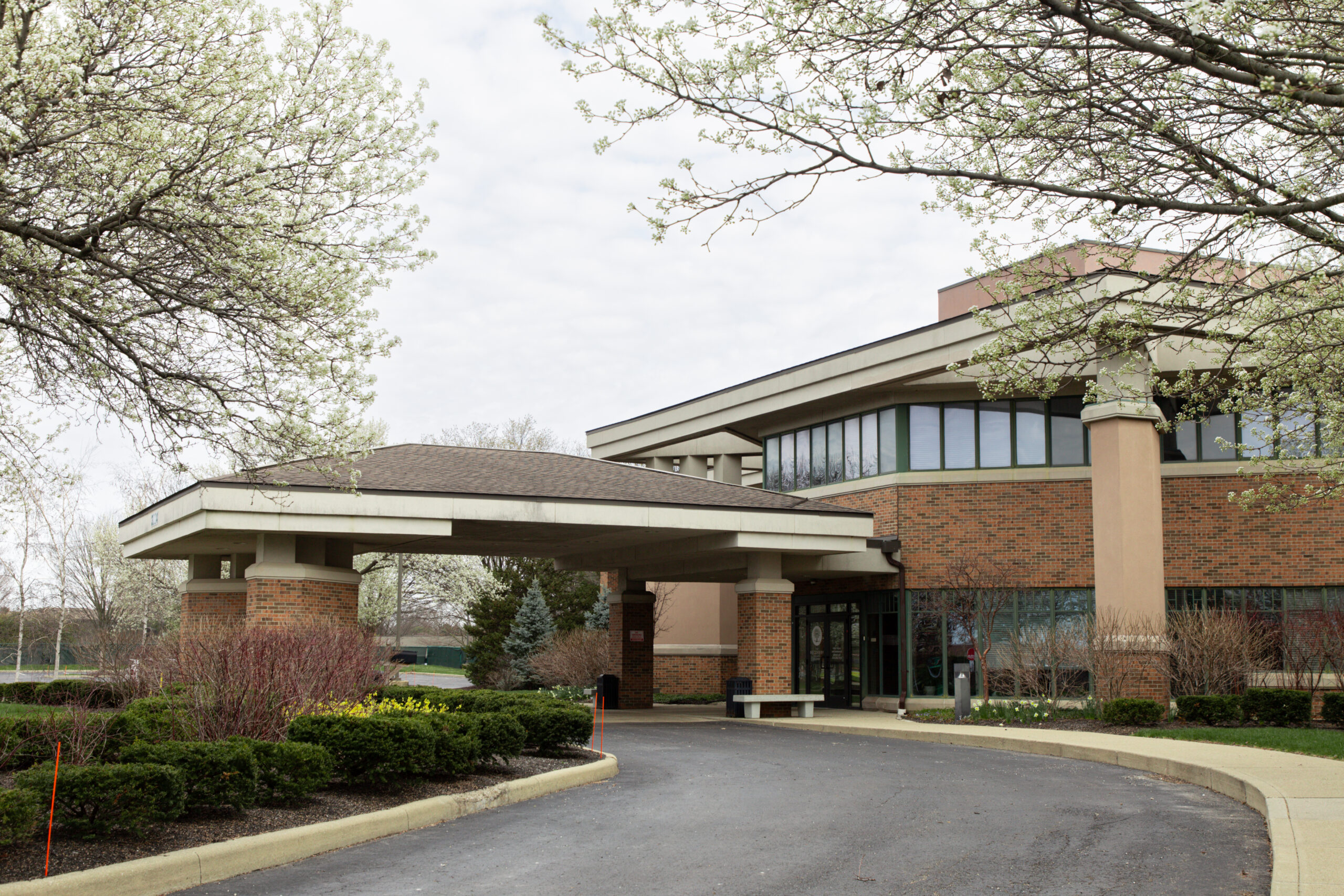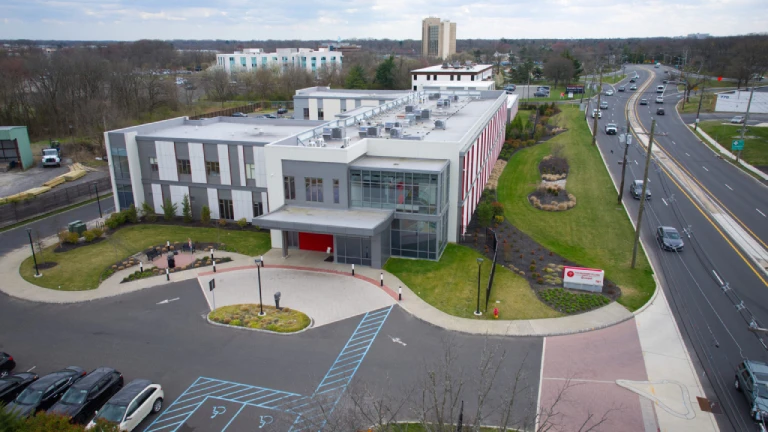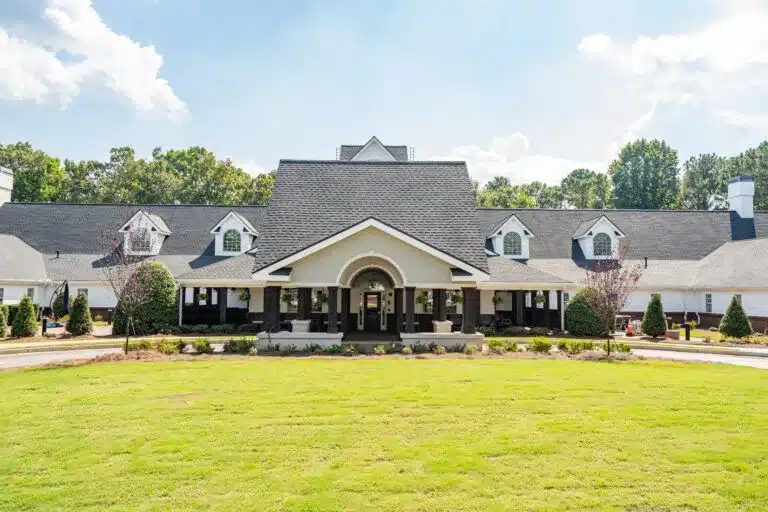It is important to prevent drug use from starting, because once an addiction develops, the brain undergoes changes that make recovery more difficult.
Preventing drug abuse is usually amore successful strategythan treating a drug addiction that is already active. In fact, for every dollar invested in prevention, a community saves as much as $10 on drug and alcohol treatment services. Manyaddiction preventionefforts focus on decreasing risk factors and protecting people from drug abuse and addiction. These efforts can be successful for both children and adults.
Anti-Drug Awareness and Prevention
Bringing awareness to the realities of addiction is one form of prevention. Unfortunately, there is a stigma surrounding drug use, so many people are ashamed to talk about it. DuringNational Substance Abuse Prevention Monthin October, people are encouraged to come forward and share their experiences with addiction to reduce the stigma associated with this disease. By raising awareness and reducing stigma, people will be less ashamed to talk about addiction and more willing to participate in prevention efforts or seek treatment.
Creating awareness and talking about prevention are critical so that addictions do not develop. This is important because treating an addiction is much more challenging than preventing drug use in the first place. Because addiction is abrain disease, it disrupts the brain’s natural reward system, which causes a person to compulsively seek drugs in order to continue to experience pleasure. Addiction also changes thestructure of the brainin ways that can interfere with learning, memory, and rational decision-making. These brain changes can understandably make quitting a challenge. It is easier to simply never use drugs than it is to recover from an addiction.
Trends and Statistics
Statistics show that drug prevention is necessary, as roughly2.8million people in the United States began using illicit drugs in 2013 alone, which is equal to 7,800 people trying drugs for the first time each day. Among those beginning to use drugs, just over half were younger than 18.
Drugtrendsalso show that the rates of illegal drug use are highest in the Western United States and lowest in the South. There also tends to be more drug use in big cities and less use in rural areas.
Drug use also varies among races, so prevention efforts may need to address specific cultural factors. In 2013, theratesof illegal drug use varied among people from different backgrounds:
- Asian: 3.1 %
- White: 9.5 %
- Hispanic: 8.8 %
- Black: 10.5 %
- American Indian/Alaskan Native: 12.3 %
- Hawaiians and Pacific Islander: 14 %
- People reporting multiple races: 17.4 %
Know the Risk Factors
Being aware of and controlling risk situations or circumstances that lead to addiction is a key part of prevention. Therisk of drug useis increased by many factors, including:
- Having a parent who is dependent upon drugs or alcohol
- A history of behavioral problems during the teenage years
- Beginning drug use during adolescence
- Having positive attitudes toward drugs
- Spending time with peers who use drugs
- Being uncommitted to school
Additional risk factors for substance abuse include:
- Deviant/antisocial behavior
- Life stressors
- Family issues like divorce
- Mental health conditions such as depression, anxiety and ADHD
- Living in a community with high crime rates
- Drug and alcohol depictions in the media
Being aware of these risk factors can help with prevention efforts. For example, a community with high crime rates may organize community events to find solutions to high crime rates and reduce drug use. In addition, being aware of risk factors such as family issues, life stressors and mental health issues can encourage people to seek help for these conditions instead of turning to drugs or alcohol to cope.
Promote the Protective Factors
In addition to managing risk factors and providing support to those who are at risk, making use of protective factors can serve as an effective drug abuse prevention strategy. Protective factors include high academic achievement, employment, marriage and a strong social support system, including family. Additionalresearchhas arrived at a similar conclusion, finding that completing college, having a job, and being married or in a committed relationship reduces the risk of drug use.
Supportive friendships and relationships are another safeguard against substance use and addiction. Making use of these protective factors can prevent people from turning to drugs and alcohol to cope. Prevention efforts should teach about the importance of education, healthy relationships and career.
Relapse and Prevention Planning
For some people, prevention may mean more than not using drugs in the first place; it can mean preventing a return to drug use. For people in recovery from addiction, prevention means creating arelapse preventionplan to reduce the risk of sliding back into substance abuse. Arelapseprevention plan can teach a person in recovery how to cope with stressors, drug cravings and triggers for drug use. For example, the plan may include strategies a person can use, such as going for a walk, exercising or reading a book when stressed. It might also involve developing a list of triggers and how a person can avoid them.
A relapse prevention plan could also involve attending support groups on an ongoing basis to discuss stressors and triggers in a supportive, drug-free setting. Some people may continue to attend counseling from time-to-time to help them process difficult emotions or devise strategies for managing triggers.
Aftercare
Aftercarecan be a formal part of the recovery process, and it also serves as a form of prevention. In aftercare, some people may live insober livinghomes, whereas others may live in their own homes but continue to attendoutpatienttherapy in the community. The main goal of aftercare is to help a person continue to cope with the challenges of recovery without returning to drug or alcohol use.
Other Ways to Get Involved
Being aware of the realities of drug addiction and being educated about the risk and protective factors associated with substance abuse are key components of prevention. By targeting risk factors and building upon protective factors, drug abuse can be prevented.
You can become involved in local prevention efforts to raise awareness. For example, many communities host events such as parades or 5K races to bring awareness to the issue of drug addiction and to raise funds for prevention efforts. You can also participate in national events such asdrug take-back daysto keep potentially addictive prescription drugs out of the hands of people who may be tempted to abuse them.
If you or a loved one is living with an addiction, The Recovery Village offers comprehensive services that can meet your needs.Reach outto a caring admissions representative today to learn more about services can help you find lasting recovery.




